Please explain?
splinter1804
15 years ago
Related Stories
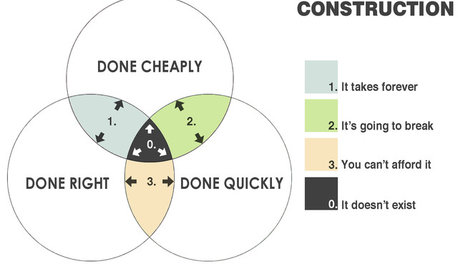
COFFEE WITH AN ARCHITECTThe Elements of Design Explained With Venn Diagrams
Design doesn't have to be hard to understand. It just needs the right presentation
Full Story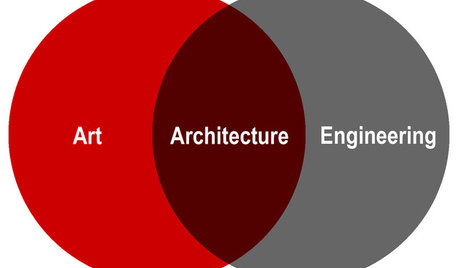
COFFEE WITH AN ARCHITECTArchitecture Explained in Venn Diagrams
An analysis of the design profession using pure geometry and angst
Full Story
DECORATING GUIDESPlease Touch: Texture Makes Rooms Spring to Life
Great design stimulates all the senses, including touch. Check out these great uses of texture, then let your fingers do the walking
Full Story
HOME OFFICESQuiet, Please! How to Cut Noise Pollution at Home
Leaf blowers, trucks or noisy neighbors driving you berserk? These sound-reduction strategies can help you hush things up
Full Story
BATHROOM DESIGNUpload of the Day: A Mini Fridge in the Master Bathroom? Yes, Please!
Talk about convenience. Better yet, get it yourself after being inspired by this Texas bath
Full Story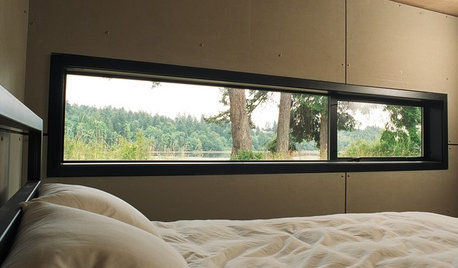
ARCHITECTUREDesign Workshop: Just a Sliver (of Window), Please
Set the right mood, focus a view or highlight architecture with long, narrow windows sited just so on a wall
Full Story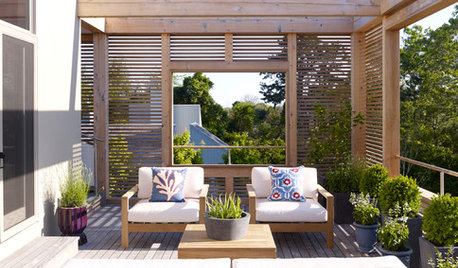
LANDSCAPE DESIGN6 Basic Elements of Classic Garden Style
Use symmetry, geometry and other principles of formal design to give even a modest garden a pleasing balance
Full Story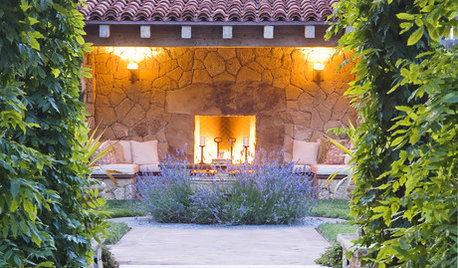
GARDENING GUIDES8 Ways to Design an Alluring Backyard
Create a pleasing sense of place in the landscape for a backyard or patio that enlivens the senses
Full Story
UNIVERSAL DESIGNHow to Light a Kitchen for Older Eyes and Better Beauty
Include the right kinds of light in your kitchen's universal design plan to make it more workable and visually pleasing for all
Full Story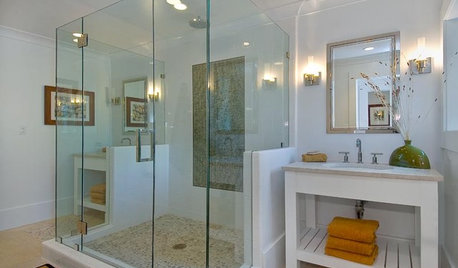
BATHROOM DESIGNExpert Talk: Frameless Showers Get Show of Support
Professional designers explain how frameless shower doors boosted the look or function of 12 bathrooms
Full StoryMore Discussions






devo_2006
LisaCLV
Related Professionals
Leawood Landscape Architects & Landscape Designers · Marina Landscape Architects & Landscape Designers · Mitchellville Landscape Architects & Landscape Designers · White Oak Landscape Architects & Landscape Designers · Costa Mesa Landscape Contractors · Mercedes Landscape Contractors · Milford Mill Landscape Contractors · Wheat Ridge Landscape Contractors · Alexandria Fence Contractors · Burlington Fence Contractors · El Monte Fence Contractors · Callaway Siding & Exteriors · Fairfax Siding & Exteriors · Poway Siding & Exteriors · Worcester Siding & Exteriorssplinter1804Original Author